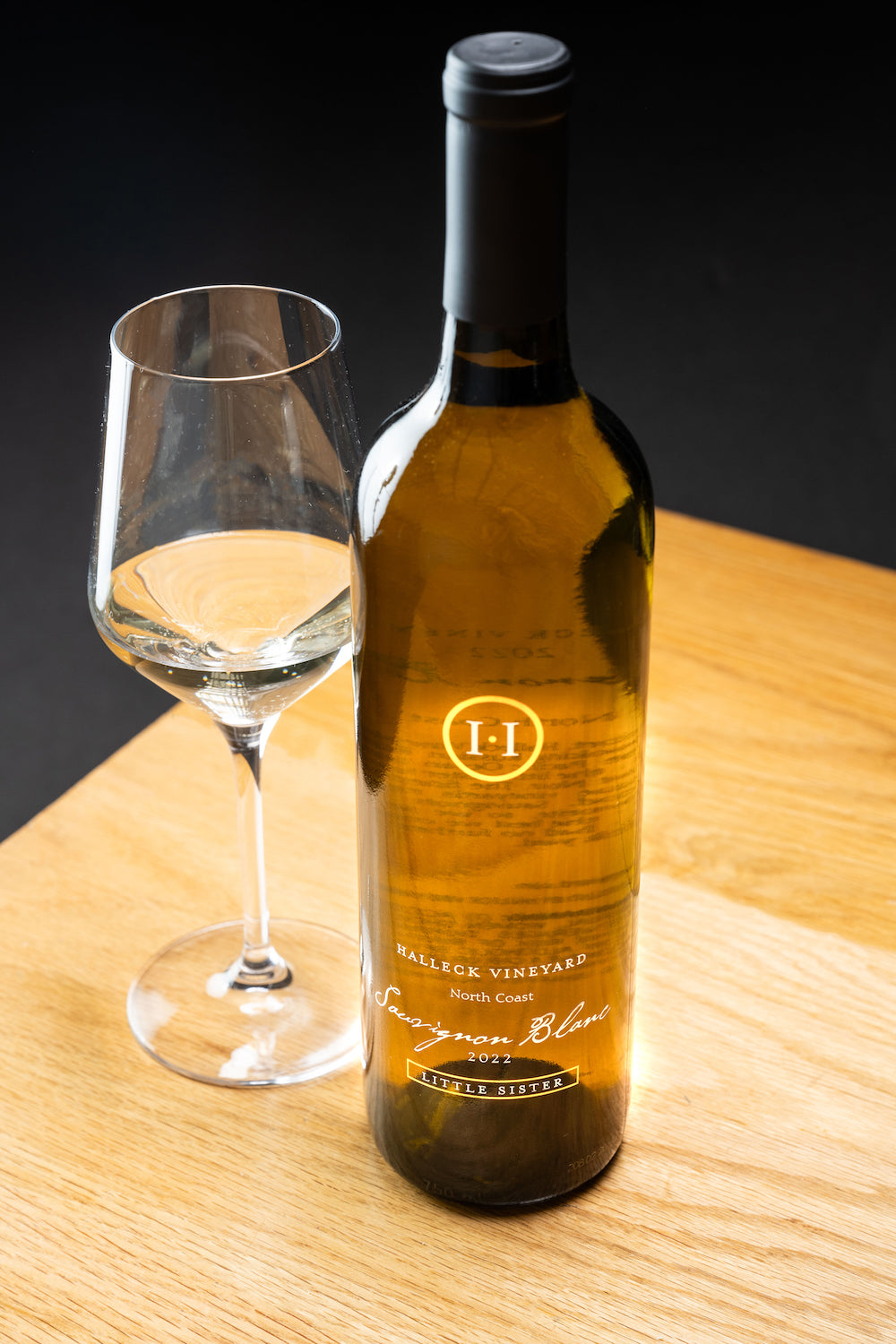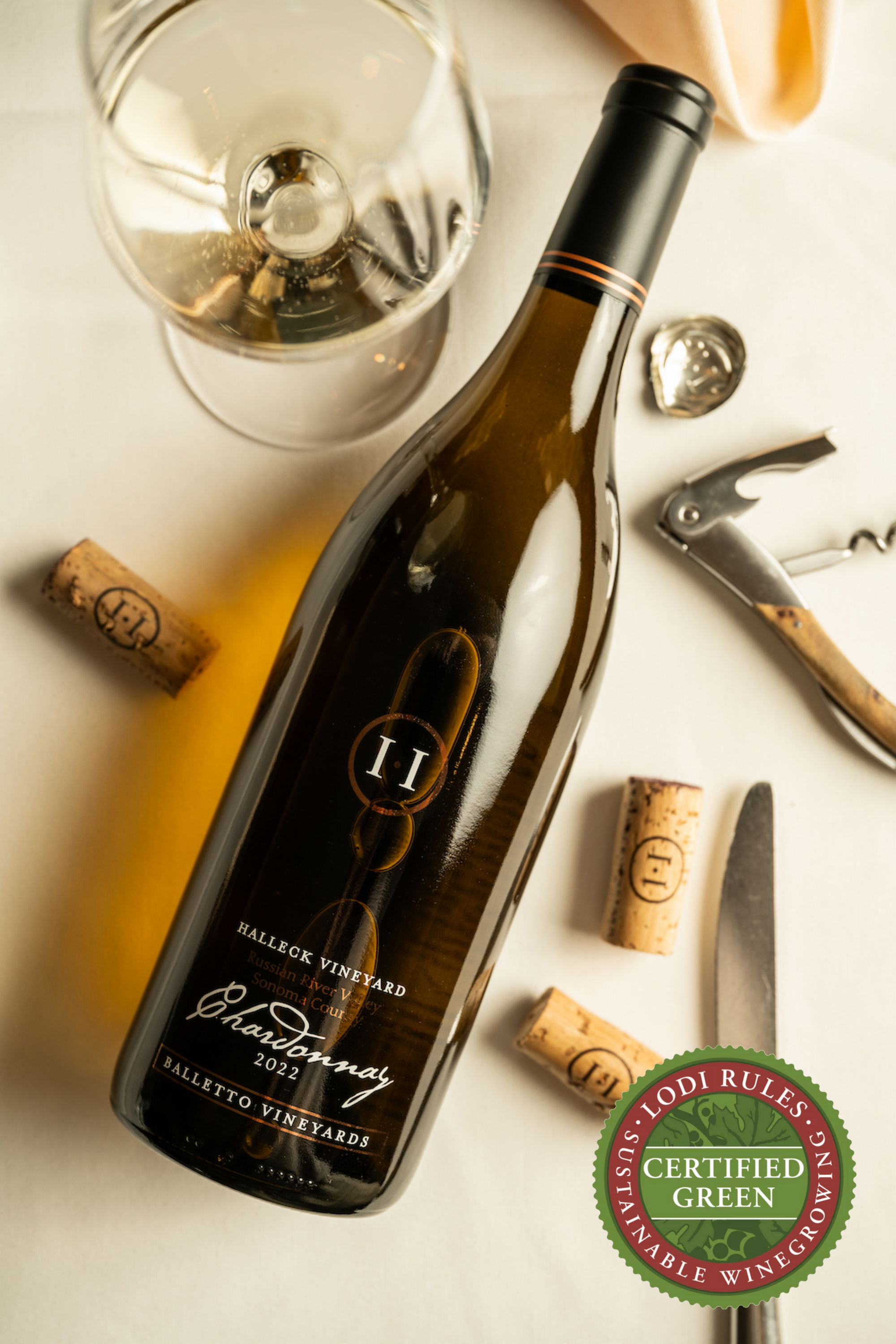Wineries Near Highway 12 - Discovering Sebastopol's Wineries
Wine tasting is an art that mixes sensory experience with an appreciation for the nuances of different varietals. How to judge flavors in winery wine tasting sessions is pivotal to greedy the complexities of wine.
Participating in a wine tasting includes more than simply sipping and savoring. It requires a targeted approach to identify aromas and flavors that each wine presents. As you start, observe the wine's look, noting its colour and clarity. These visual cues usually counsel a wine’s age, grape variety, and even potential flavor profiles.
The subsequent step within the tasting course of is to swirl the wine in your glass. This motion releases fragrant compounds that are very important for evaluation. Lean in and take a second to inhale deeply; the aromas can vary from floral and fruity to spicy and earthy. The nostril of the wine is simply as important because the palate, and recognizing scents plays a big position in understanding the general experience.
When taking your first sip, allow the wine to move across your palate - Scenic Vineyard Tours In Sebastopol. Notice the preliminary flavors that current themselves. Is the wine fruity, floral, or maybe herbaceous? This initial style provides insight into what the wine is prone to express as you proceed to gauge it. The mouthfeel also contributes to the general flavor experience; it may be silky, tannic, or even effervescent.
Wineries Near Sonoma Square - Sonoma's Best Vineyards
As you proceed tasting, pay consideration to the wine’s stability. A well-balanced wine will harmonize acidity, sweetness, and tannins. If one component overwhelms the others, it might point out a less desirable high quality. Evaluating balance may help you establish how properly the wine may pair with food.
Transitioning to the finish, contemplate how the flavors evolve because the wine lingers in your palate. A lengthy, pleasant end can indicate a high-quality wine, while a short or abrupt finish may recommend otherwise. Reflect on whether or not the flavors stay constant or if new notes emerge as the wine settles. This progression can reveal complexities and intricacies which may not have been apparent within the initial tasting.
Temperature can be an important factor in evaluating wine flavors. Different types of wine are optimally loved at particular temperatures. White wines often shine when chilled, whereas red wines typically carry out greatest at room temperature. When tasting, ensure the wine is on the applicable temperature to totally recognize its character.
Vineyard Tours With Guided Tastings In Sonoma - Wineries Near Sebastopol For Tasting
Pairing food with wine can tremendously improve the tasting experience. Foods can influence the perception of flavors in wine, both highlighting sure traits or diminishing them. When evaluating flavors, contemplate how the wine interacts with different meals, noticing which flavors are amplified or muted (Vineyard Picnic Spots In Sonoma Valley).

Think About the affect of terroir as you engage in a winery tasting. Terroir encompasses the distinctive environmental components that affect grape growing, including soil composition, local weather, and geography. Understanding a wine's terroir can provide perception into its flavors and aromas, fostering a deeper appreciation for the alternatives made during its cultivation and manufacturing.
Education performs a fundamental function in enhancing one's ability to evaluate wine flavors. Studying about grape varieties, wine regions, and manufacturing strategies can pave the way for more knowledgeable judgments during tastings. Additionally, attending workshops or classes can refine sensory skills and increase your flavor vocabulary, enabling you to articulate tasting notes more effectively.
Finally, it is essential to do not overlook that evaluating wine flavors is a extremely personal experience. Individual preferences and perceptions will invariably form one’s tasting journey. Enjoyment ought to be at the forefront, with the evaluation course of appearing as a software to boost understanding and appreciation rather than create rigid pointers.
Wineries Known For Their Hospitality - Local Wineries In Sebastopol
In conclusion, mastering the means to consider flavors in winery wine tasting classes entails a mix of sensory engagement, information, and practice. By studying to establish aromas, assess the balance, and recognize the intricacies of flavor, wine enthusiasts can deepen their connection to each bottle they encounter. As with any art type, the extra one immerses themselves in the experience, the extra they will discover and benefit from the huge world of wine.
- Start by observing the wine's colour and readability, as these visible elements can hint at its flavor profile and growing older potential.
- Swirl the wine gently in your glass; this releases fragrant compounds, permitting you to better determine the advanced scents related to the wine.
- Take a deep inhale before tasting, focusing on each major and secondary aromas to gather insights on fruits, spices, and different nuances.
- When tasting, enable the wine to coat your palate; note the preliminary flavors, the mid-palate complexity, and the end as these phases can present totally different flavor highlights.
- Pay attention to texture and mouthfeel, as aspects such as tannin levels, acidity, and sweetness contribute considerably to the general tasting experience.
- Compare flavors in opposition to commonplace wine traits; for pink wines, contemplate berry notes, oak influence, and natural tones, whereas whites may embody citrus, stone fruits, and floral hints.
- Take notes in the course of the tasting session to trace your impressions, helping you to remember and evaluate the completely different wines sampled.
- Talk About your findings with fellow tasters or winery workers, as sharing insights can improve understanding and appreciation of individual flavors.
- Enable time for the wine to breathe; typically, flavors evolve and reveal new dimensions after being exposed to air.
- Experiment with food pairings in the course of the tasting as they will dramatically alter how flavors are perceived, influencing general enjoyment.undefinedWhat ought to I look for when evaluating the aroma of wine during a tasting?
Begin by swirling the wine in your glass to release its aromas. Deliver the glass to your nose and take a deep breath. Pay attention to the primary scents you detect, as these are sometimes essentially the most distinguished. Look for fruit, floral, herbal, or earthy notes and try to determine specific characteristics, which can deepen your understanding of the wine's complexity.
Wineries With River Views - Sebastopol Area Wineries Offering Wine

How can I distinguish between different flavor profiles in wine?
Understand that flavor profiles are often categorized as fruit, floral, herbaceous, spicy, or mineral. Take small sips and allow the wine to coat your palate. Notice the primary flavors that emerge first and the subtle notes that comply with. This layering is important in distinguishing the wine's characteristics and can help you recognize its distinctive profile.
Wineries Located Near Russian River Valley - Sonoma Wine Region Vineyards
What is the significance of the wine's texture in a tasting?

The texture of the wine, also called mouthfeel, plays a crucial role in how we understand flavors. Pay attention as to if the wine feels smooth, creamy, or gritty. The body of the wine (light, medium, or full) can improve or distinction with flavors, providing a more rounded experience throughout tasting.
How do I assess the steadiness of flavors in wine?
Balance in wine refers to the concord between acidity, sweetness, tannin, and alcohol. Take a moment to evaluate whether or not these parts complement or intervene with each other. A well-balanced wine could have none of its components overpowering the others, creating a pleasing tasting experience.
Wineries That Offer Food Trucks On Weekends - Wine Tasting In Sonoma County
What position does temperature play in evaluating wine flavors?
Temperature can considerably impression the perception of flavors. Typically, purple wines are best served barely under room temperature, while white wines take pleasure in being chilled. As the temperature changes, the aromas and flavors can shift, permitting you to perceive completely different characteristics. It’s essential to his response style wine at its optimal temperature for true analysis.
Popular Wineries With Outdoor Seating In Sonoma - Best Wine Tasting Spots In Sonoma County
How can I enhance my tasting skills over time?
Practice is key to enhancing your tasting skills. Wineries Specializing In Sparkling Wines. Attend tastings, keep a journal of your experiences, and discover various varieties of wines to broaden your palate. Moreover, learning about wine production and grape varieties can present context that enhances your evaluation course of, making you a more informed taster.
Is there a particular order during which I ought to style the wines?
Wineries Providing Guided Vineyard Walks - Best Winery Located In Sonoma
Sure, it’s advisable to taste wines from light to full-bodied and dry to candy. This development prevents the stronger flavors from overshadowing the extra delicate ones, allowing you to fully respect each wine's traits and nuances without palate fatigue.
How can I evaluate the aftertaste of wine?
Cultural Wine Experiences In Sonoma County - Sebastopol Area Wineries Offering Wine
The aftertaste, or end, is a vital aspect of the wine-tasting experience. After swallowing, take note of how long the flavors linger on your palate and whether or not they change. A lengthy, pleasant end is commonly an indicator of a high-quality wine, while a short or unpleasant finish could recommend otherwise.
Why is it necessary to notice the wine’s acidity during tasting?
Acidity contributes to the overall freshness and structure of the wine. Pay consideration to the tingling sensation on your tongue; higher acidity can enhance the wine's liveliness and stability out sweetness. Noting acidity helps determine the wine's versatility with food and its getting older potential.
What ought to I do if next I struggle to establish specific flavors in wine?
Wineries Featuring Seasonal Wine Events In Sonoma - Sonoma Vineyards To Explore
Struggling to establish flavors is frequent, particularly for novices. Focus on broader categories and describe what you can acknowledge, corresponding to candy or earthy notes. With practice, studying about totally different flavor profiles, and perhaps using flavor wheels, you may refine your senses and develop a extra nuanced method to tasting.